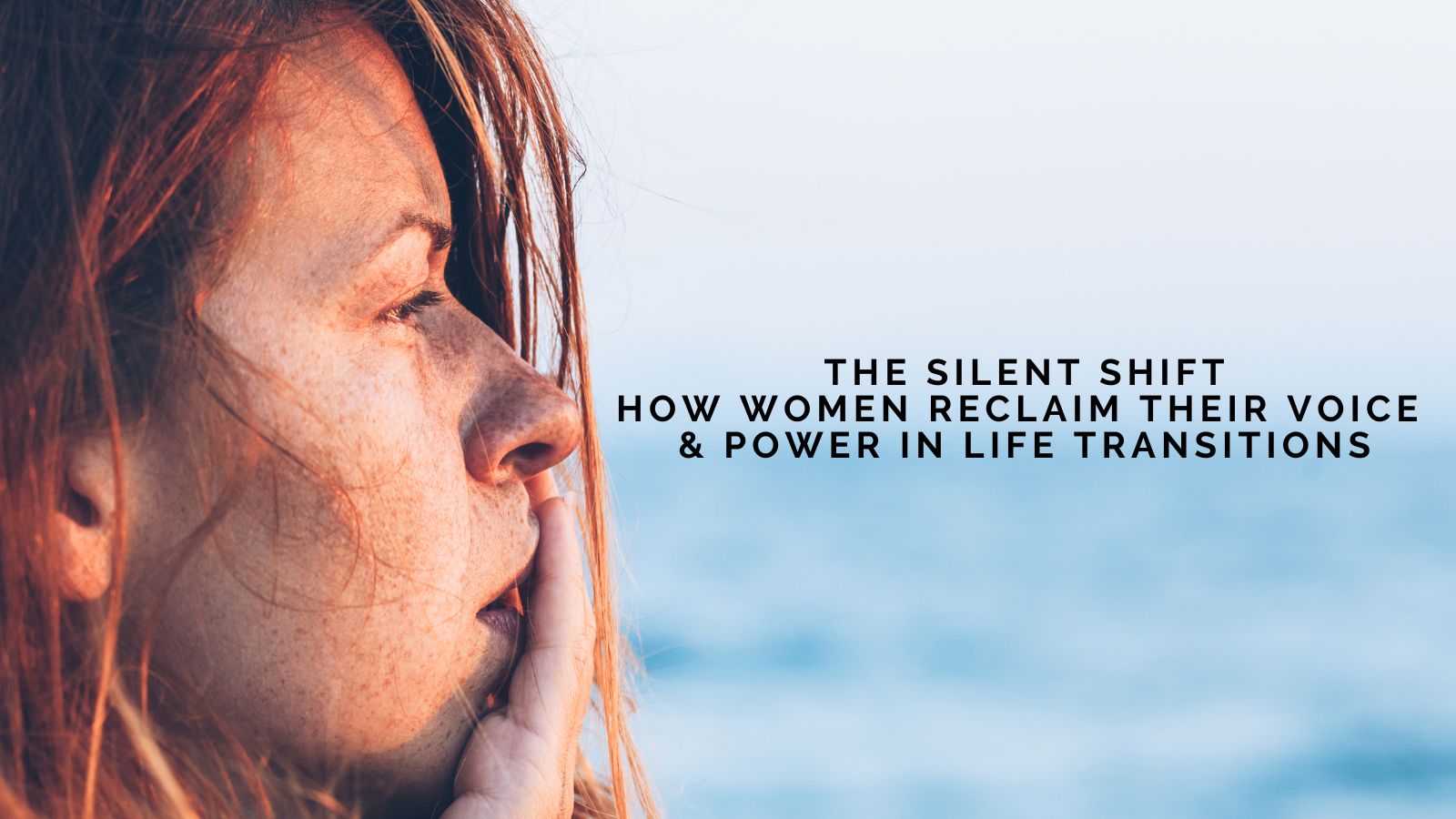
In 1977, a young woman named Colleen Stan set out from her home in Oregon to hitchhike to a friend’s birthday party in California. She was 20 years old, adventurous, and confident about travelling alone. What happened that day would place her at the centre of one of the most shocking cases of captivity in modern history, later inspiring the documentary Colleen Stan: Girl in the Box.
Colleen accepted a lift from a couple, Cameron and Janice Hooker, who were travelling with their baby. The family image gave her a sense of safety. But only hours later, the car pulled over near Red Bluff, California, and Colleen’s fate changed. She was threatened at knifepoint, blindfolded, and forced into a wooden box the size of a coffin.
That box, placed under the Hookers’ bed, became both a prison and a symbol of her ordeal. For seven years, Colleen lived through a cycle of physical abuse, psychological manipulation, and confinement. Cameron Hooker convinced her that a powerful secret organisation monitored her every move and that any attempt to escape would bring harm to her family. Fear kept her silent and compliant.
Colleen spent long stretches locked in the box, allowed out only for chores or when Cameron demanded her presence. She cooked, cleaned, and cared for the Hookers’ children, all while existing in a state of enforced servitude.
The psychological control was as damaging as the physical. Cameron reinforced his authority through contracts, threats, and staged rituals of dominance. Janice, though initially complicit, played a complex role—sometimes victim herself, sometimes participant, and eventually, the person who helped Colleen gain her freedom.
In 1984, after years of control, cracks began to show. Janice, struggling with her own guilt and disillusionment, confessed the truth of Cameron’s lies to Colleen—that there was no organisation, no omnipresent danger beyond the Hookers themselves. With this revelation, Colleen found the courage to leave. She escaped quietly, returning to her family after seven harrowing years.
Remarkably, she did not go directly to the police. Her fear of retaliation lingered. It was Janice who finally reported Cameron, securing Colleen’s path to justice.
Cameron Hooker’s trial in 1985 gripped the public. The court heard about the years of confinement, the box, the manipulation, and the terror inflicted upon Colleen. Janice, granted immunity in exchange for her testimony, described the abuse and confirmed the extent of Cameron’s cruelty.
The jury found Cameron Hooker guilty of multiple counts, including kidnapping and sexual assault. He was sentenced to 104 years in prison. Appeals over the decades have challenged his sentence, and in recent years he has sought parole. Each attempt reignites public concern, especially for Colleen and her family.
Colleen rebuilt her life quietly. She trained as a social worker, dedicating herself to helping others. She has spoken publicly at times, lending her story to documentaries and interviews to raise awareness about the hidden realities of coercive control and long-term captivity.
Although she has lived with the trauma, Colleen has emphasised the possibility of life after survival. She has forged relationships with her daughters and her wider community, focusing on recovery rather than remaining defined by what was taken from her.
The case of Colleen Stan has had a lasting effect beyond the trial. It has been used in training programmes for law enforcement and social services to illustrate the mechanisms of psychological coercion. It also raised awareness about the ways victims can be silenced without chains or visible restraints.
For Janice Hooker, the aftermath meant living with her role in the crime, balancing her part as both a victim of Cameron’s control and a participant in Colleen’s suffering. For Colleen’s family, the years of uncertainty left scars but also relief that she returned alive.
The story of “the girl in the box” is both chilling and instructive. It demonstrates how ordinary trust can be exploited, how coercion can imprison as powerfully as walls, and how survival depends not only on escape but on the will to rebuild afterwards.
Today, Colleen Stan stands not as a witness to resilience. Her story continues to remind us of the urgent need to recognise, challenge, and prevent coercive control in all its forms

















